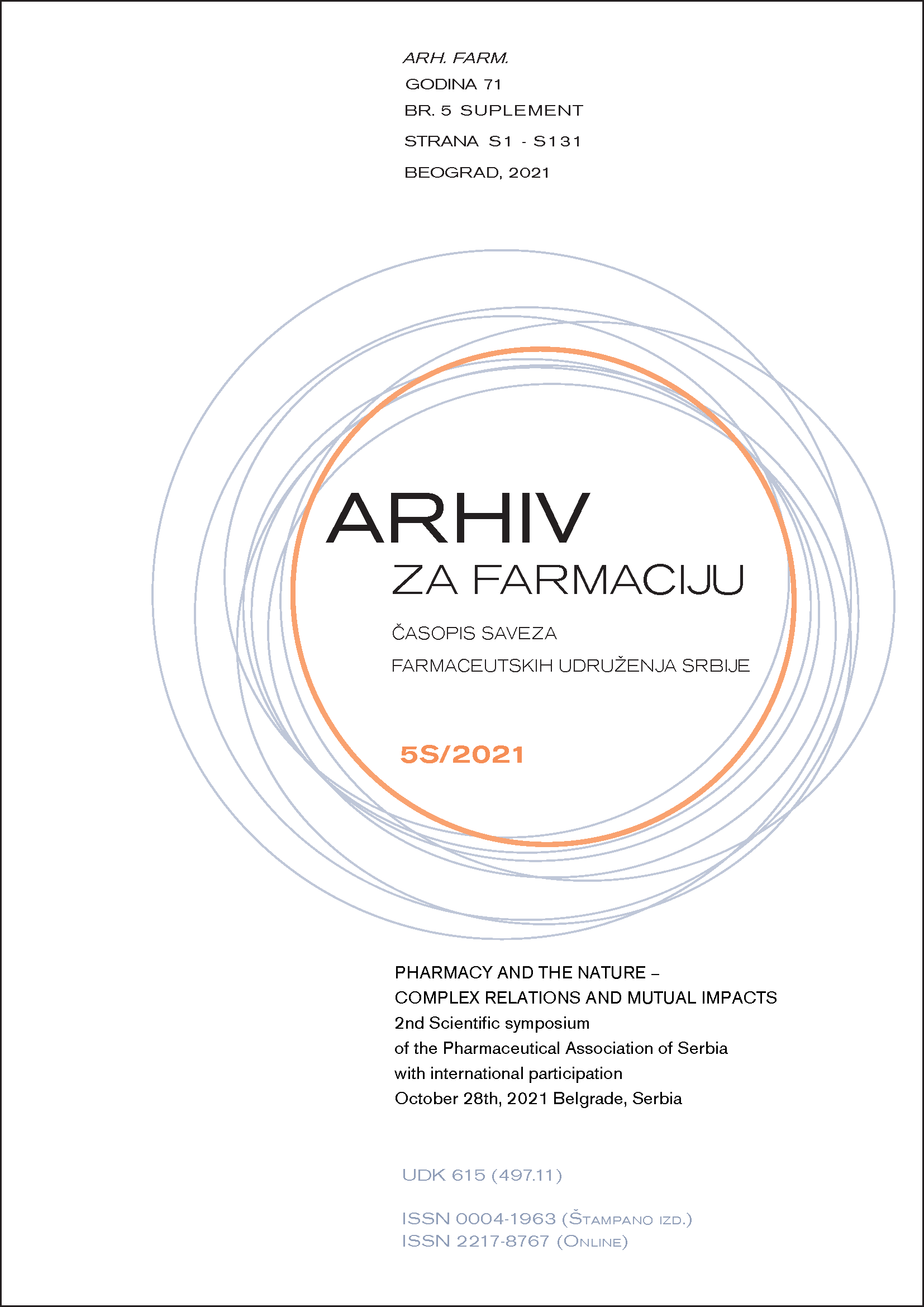NATURAL DEEP EUTECTIC SOLVENT – A GREEN ALTERNATIVE FOR EXTRACTION AND SEPARATION SCIENCE
Abstract
During the analytical process of a sample, one of the most important steps is the extraction of the target molecules from the sample matrix. This extraction very often uses organic solvents that can be more or less toxic for the environment and the experimenter. Moreover, when in vitro or in vivo biological tests have to be performed on the organic extract, it is often necessary to dilute this extract to decrease the toxicity of the solvent for the biological cells. The target molecules in the extract are therefore very often too diluted to test their biological activity.
Greening analytical processes is an increased interest of analysts to reduce environmental impacts of the methods and improve the health safety of users. One strategy to reduce the impact of hazardous solvents is to replace classically used organic solvents (i.e., acetonitrile and methanol) with greener ones.
Over the last fifteen years, a new class of solvents has emerged: Deep Eutectic Solvents (DES). In a green chemistry approach, DES are used as an alternative to organic solvents because they have limited toxicity. They consist of a mixture of two compounds: a Hydrogen Binding Donor (HBD) and a Hydrogen Binding Acceptor (HBA) (usually both molecules or at least one of the compounds is solid at room temperature) interact through a Hydrogen bond. When the compounds are primary metabolites (amino acids, sugars, choline derivatives ...), we speak of natural DES – NaDES.
In this presentation, we will discuss the synthesis, the properties and the utilization of these NaDES in the field of extraction and separation (chromatography) of molecules of biological interest. The first objective of this work is to identify and synthesize NADES to efficiently extract molecules of biological interest from plants (terpenes, polyphenols...). The second objective will be to test the effective toxicity of NaDES by biological tests and to select the least toxic solvents for cell culture. The third objective is to analyze the bioactive molecules by chromatography (HPLC and/or GC) coupled with mass spectrometry or specific detectors by changing the organic solvents with NaDES.

